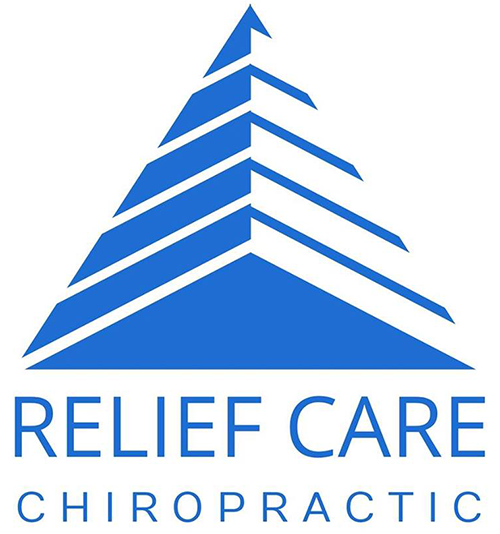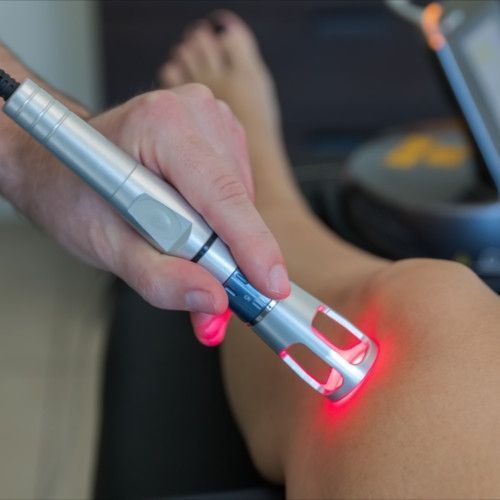Chiropractic Sports Rehab & Physical Therapy Journal Blog

Introduction to Migraines
Migraines are more than just headaches; they are debilitating episodes of pain that significantly disrupt daily life. For those who suffer from migraines, the experience can be overwhelming, affecting everything from work productivity to personal relationships. Common symptoms include intense throbbing or pulsing pain, nausea, sensitivity to light and sound, and in some cases, visual disturbances known as aura.
The Cycle of Migraines
Migraines often occur in a cycle, with triggers initiating episodes and the potential for recurrence over time. Triggers can vary widely among individuals and may include stress, hormonal changes, certain foods or drinks, lack of sleep, or even smells.
Traditional Treatment Methods
Traditional treatment methods for migraines typically involve medication to relieve symptoms from medications include pain relievers, triptans, and beta-blockers or antidepressants. While these medications can provide temporary relief for some, they often come with side effects will likely not address the underlying cause of migraines.
Your Introduction to Chiropractic
Your neck and back are the bony housing of your brain and nerves, the stuff that keeps you alive. Chiropractic care offers a whole-body approach to healthcare, focusing on the relationship between the spine and the nervous system and how it affects general health. Unlike traditional medicine, which often relies on medication or surgery to treat symptoms, chiropractic care addresses the root cause of health issues by restoring proper alignment and function to the spine.
Chiropractic Care for Migraines
Chiropractors approach migraines by recognizing that misalignments in the spine, known as subluxations, cause nerve interference and trigger migraines, but through gentle adjustments and manipulation techniques, chiropractors restore proper alignment to the spine and reduce nerve irritation, leading to resolution of migraines.
Addressing the Root Cause
One of the key principles of chiropractic care is addressing the underlying cause of health issues rather than simply masking symptoms. By identifying and correcting spinal misalignments and tension, chiropractors reduce the frequency and severity of migraine episodes, providing long-term relief for sufferers.
Research and Evidence
Numerous studies have demonstrated the effectiveness of chiropractic reducing migraine frequency, duration, and intensity. Research suggests that regular chiropractic adjustments can lead to significant improvements in migraine symptoms, with many patients reporting a decrease in the need for medication and an overall improvement in quality of life.
Benefits of Chiropractic Care
Beyond symptom relief, chiropractic care offers a range of benefits for migraine sufferers. By restoring proper alignment to the spine and improving nervous system function, chiropractic adjustments can enhance overall well-being and promote better health outcomes in the long term.
Chiropractic Care as Preventative Medicine
In addition to providing relief from existing migraine symptoms, chiropractic care can also serve as a form of preventative medicine. By addressing spinal misalignments and lifestyle factors that contribute to migraines, chiropractors help patients reduce their risk of future episodes and maintain optimal health and wellness.
Patient Experience and Testimonials
Countless individuals have experienced transformative results with chiropractic care for migraines, often after struggling to find relief through traditional medical approaches. Personal testimonials highlight the life-changing impact of chiropractic treatment, with many patients reporting a significant reduction in migraine frequency and severity.
Collaboration with Other Healthcare Providers
Chiropractors often work collaboratively with other healthcare providers to ensure comprehensive care for migraine sufferers. By integrating chiropractic treatment into a multi-disciplinary approach, patients can benefit from a personalized treatment plan tailored to their individual needs and preferences.
Addressing Common Concerns
Despite its proven effectiveness, some individuals may have misconceptions about chiropractic care for migraines, so I would like to address these concerns openly and provide the most accurate information about the safety and efficacy of chiropractic treatment.
Cost and Accessibility
One of the advantages of chiropractic care is its affordability and accessibility compared to traditional medical treatments. Many insurance plans cover chiropractic services, making it a good option for migraine sufferers seeking non-drug relief.
Conclusion
Chiropractic care offers a whole body approach to breaking the cycle of migraines by addressing spinal misalignments and nervous system dysfunction, chiropractors provides long-term relief from migraine symptoms and improved quality of life.
FAQs
- What conditions can chiropractic care treat besides migraines? Chiropractic care can address a wide range of musculoskeletal issues, including nerve pain, digestive problems, "stress", and arthritis.
- Is chiropractic care safe for pregnant women suffering from migraines? Yes, chiropractic adjustments is safe and effective for pregnant women experiencing migraines, providing drug-free relief during pregnancy.
- How soon can I expect to see results from chiropractic treatment for migraines? The timeline for experiencing results from chiropractic treatment can vary depending on the individual and the severity of their migraines, but most patients report improvement after just a few sessions.
- Are there any age restrictions for receiving chiropractic care for migraines? Chiropractic care is safe for individuals of all ages, from the day you are born till the day you die, and all the days in between.
- Can chiropractic adjustments worsen migraine symptoms? Some patients may initially experience some discomfort or soreness following their first few chiropractic adjustments, this is typically temporary and resolves as the subluxation improves.


Contact Information
Phone: (989) 832-2349
Address: 2525 Washington St STE 500 Midland, MI 48642
Business Hours
- Mon, Tue, Thu, Fri
- - -
- Wednesday
- - -
- Sat - Sun
- Closed







